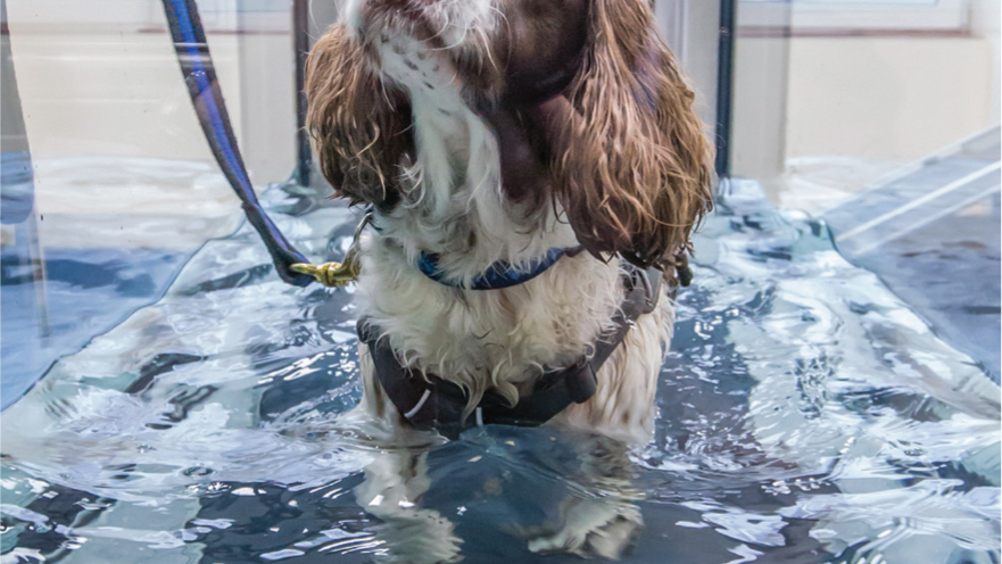References
Canine developmental elbow disease part 2: surgical and non-surgical management

Abstract
Developmental elbow disease is the term encompassing several abnormalities of the elbow joint, including fragmented medial coronoid process (FCP), osteochondrosis of the humerus (OC), ununited anconeal process (UAP), cartilage injuries and incongruity of the elbow joint. These disorders are associated with varying degrees of joint instability, inflammation, and loose fragments within the joint, which result in lameness and osteoarthrosis. Treatment should ideally involve correcting the underlying causes of the disease before significant joint damage has occurred. There are many surgical options for the treatment of developmental elbow disease which aim to unload the medial compartment, replace joint surfaces and manage pain. These include the sliding humeral osteotomy, proximal abducting ulna osteotomy, joint resurfacing and joint replacement. Studies evaluating the different treatments have low case numbers, variable outcome parameters, inconsistent diagnostic criteria and short follow-up times. Non-surgical manangement should always be part of the treatment plan to manage pain and symptoms as virtually all dogs with elbow disease will go on to develop osteoathritis.
There are many surgical options available for the different types of elbow disease. Most long-term studies report a progression of osteoarthritis (OA) regardless of the treatment performed. This article aims to describe both the surgical and nonsurgical treatment options available, and follows on from canine developmental elbow disease part one which looked at the aetiopathogenesis and diagnosis of developmental elbow disease (Fernee-Hall and Janovec, 2021).
Developmental elbow disease is the term encompassing several abnormalities of the elbow joint including fragmented medial coronoid process (FCP), osteochondrosis of the humerus (OC), united anconeal process (UAP), cartilage injuries and incongruity of the elbow joint. These disorders are associated with varying degrees of joint instability, inflammation, and loose fragments within the joint, which result in lameness and osteoarthrosis (Marti-Angulo et al, 2014).
Treatment should ideally involve correcting the underlying causes of the disease before significant joint damage has occurred. Unfortunately, the complex aetiopathogenesis makes identification of the early stages of disease difficult and late diagnosis leads to inconsistent clinical outcomes as the disease progresses (Michelsen, 2013).
Register now to continue reading
Thank you for visiting The Veterinary Nurse and reading some of our peer-reviewed content for veterinary professionals. To continue reading this article, please register today.

